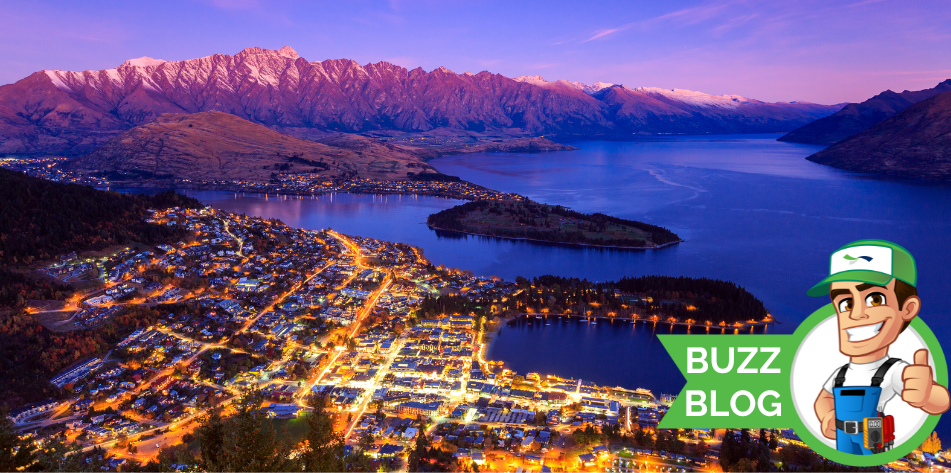23 April 2024
They also summarised all the published literature on the impacts of ALAN on species and communities that have been described in the country to date, placing this information within the context of impacts observed globally.
They found that although most of New Zealand (95.2%) has no direct artificial light, its lit surface area increased by 37.4% (from 3.0% to 4.2%) between 2012 and 2021. Too much light at night can disrupt the daily routines and behaviour patterns of animals such as bats, wētā and seabirds, and affect the growth and seasonal cycles of trees.
“The rate at which New Zealand is brightening is faster than the global average,” Cieraad said.
In their paper, published in the New Zealand Journal of Ecology, the researchers single out LEDs as a potential area of concern. LEDs are characterised by a broad wavelength spectrum with a strong peak in the blue part of the spectrum. While representing a move towards greater sustainability, the global transition from high-pressure sodium (HPS) lights to LEDs nonetheless has the potential to substantially increase the magnitude of effects on species that are sensitive to specific wavelengths.
However, transitioning from HPS to LED lighting has also enabled the dimming of Auckland’s public streetlights for much of the night — something the researchers note may have contributed to fewer reported environmental impacts compared with cities experiencing similar transitions elsewhere.
Fortunately, light pollution is relatively easy to address if there is enough will to do so.
“We have the technology to reduce the impact of the light we emit into the environment, including shielding the light, using motion sensors, dimmers and different colours of light. But the first question should always be: Do we really need light here, in the first place?” Cieraad said.
In addition to technological measures, the researchers called for greater regulation of guidelines and standards across Aotearoa New Zealand; these are currently adopted on a voluntary basis by commercial fishing vessels, the cruise industry and the lighting industry.
Cieraad and Farnworth intend their study to provide a foundation to support the development of future research directions and relevant mitigation measures for artificial light at night in New Zealand.
“We found that artificial light at night is a highly understudied pollutant for New Zealand. More than 30% of the existing research here was based on simple observations of how light alters animal behaviour rather than proper, experimental trials. So clearly, this indicates we need additional research,” Farnworth said.
This is not about banishing light. It’s an opportunity for us, as a nation, to think about how we can convert ourselves to be ‘shadow architects’ and build ecofriendly places that include darkness as part of the habitat,” she concluded.
Note from Buzz: Over here at Mastercraft, we believe in engaging professionals when it comes to outdoor lighting whether it's for your garden, pool, tennis court, or carpark. That way you can ensure you have the right lighting for the job whilst looking out for the furry and feathered friends we share the environment with.
*SOURCE: ECD Online Newsletter - January 2024
